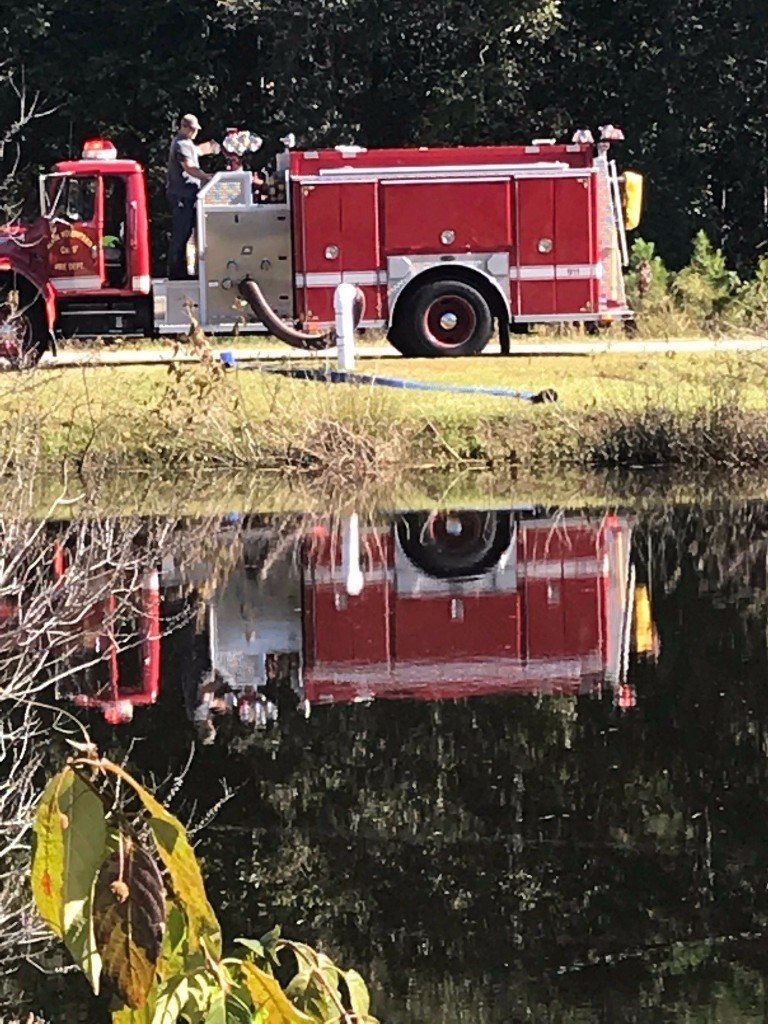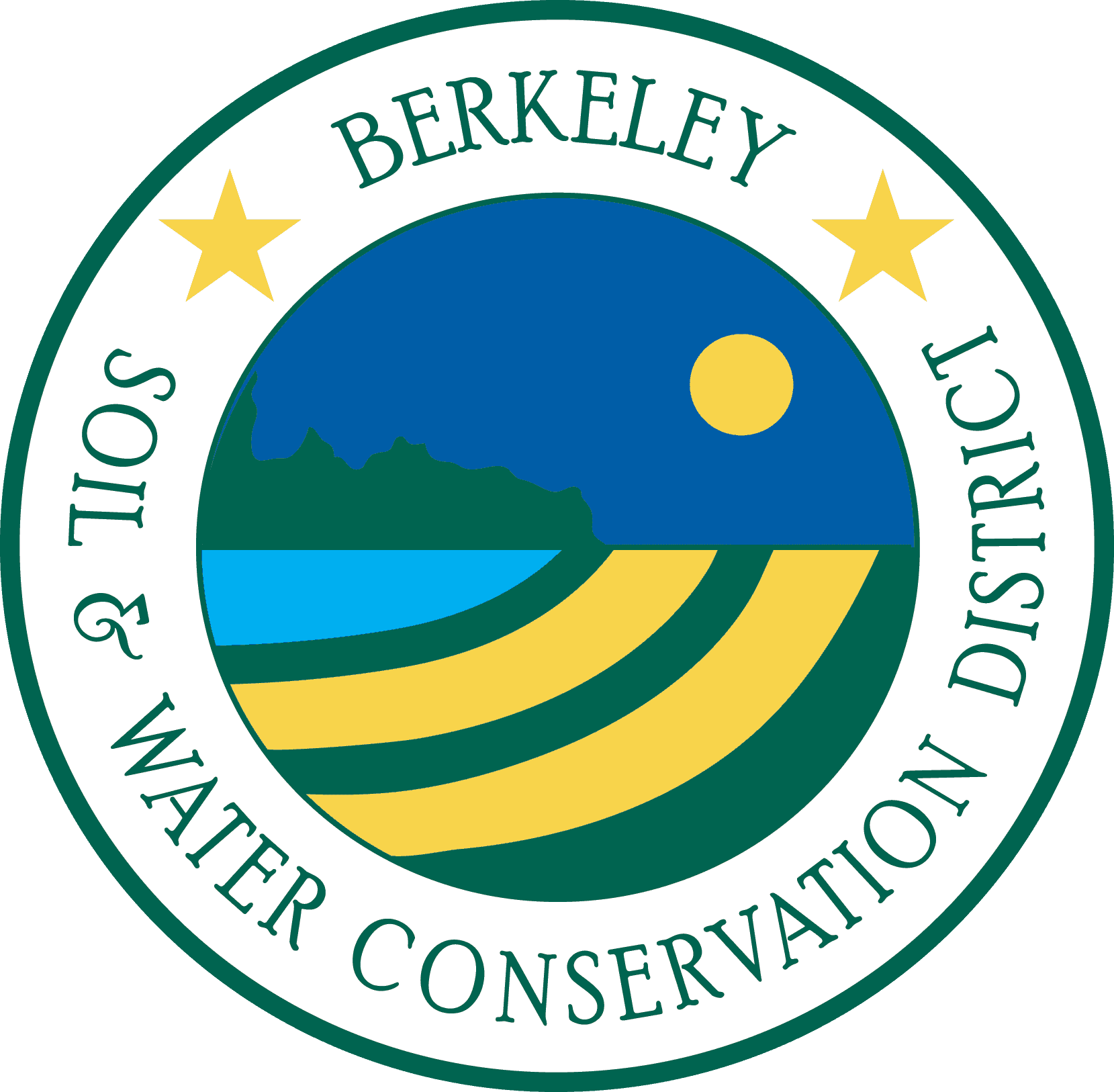Dry Hydrants
District and NRCS working with Alvin RFD chief to test installed dry hydrant in St. Stephen.
Dry hydrants are pipes permanently installed within a static water source, such as a pond, stream, river, or holding tank. Artificially created water sources use tanks constructed of fiberglass, concrete, or other materials.
Another type of artificial water source may be combined with natural water sources, such as creating a pond in a stream by constructing a temporary dam. A pond makes drafting from a small stream feasible. Natural water sources provide an almost inexhaustible water supply, but they are susceptible to weather and geological conditions. Artificial water sources are not affected by these conditions, but they contain a limited amount of water.
Among the considerations when installing dry hydrants for natural water sources are accessibility to the dry hydrant, pumper capacity, elevation above sea level, water vapor pressure, and static lift. Pipe installation factors include the type of pipe, horizontal length, vertical length, the number and type of elbows, the strainer, and any reducers, as well as whether standard hydrants will be used. (fireengineering.com)
In 1992 through funding provided by Resource Conservation & Development which was authorized through the US Dept. of Agriculture, BSWCD and our NRCS partners installed and certified dry hydrants in Berkeley County. Recently Alvin RFD reached out to the District to get one of their dry hydrants re-certified to improve the communities ISO rating.


